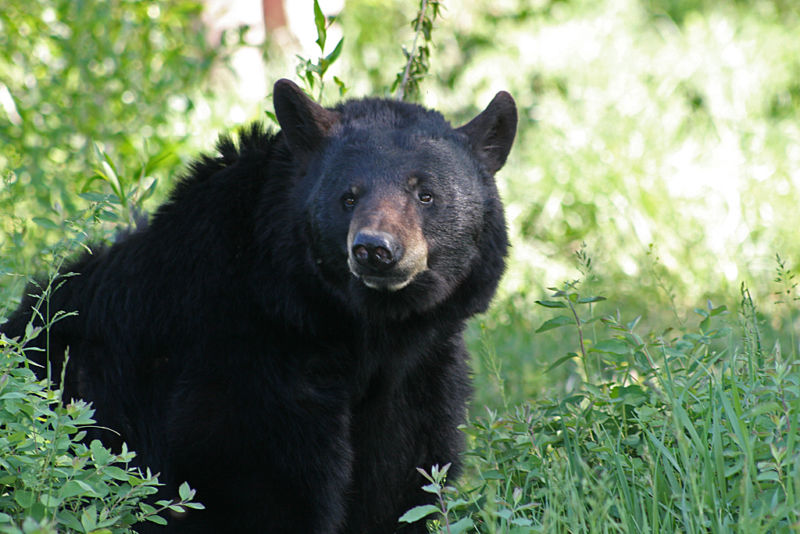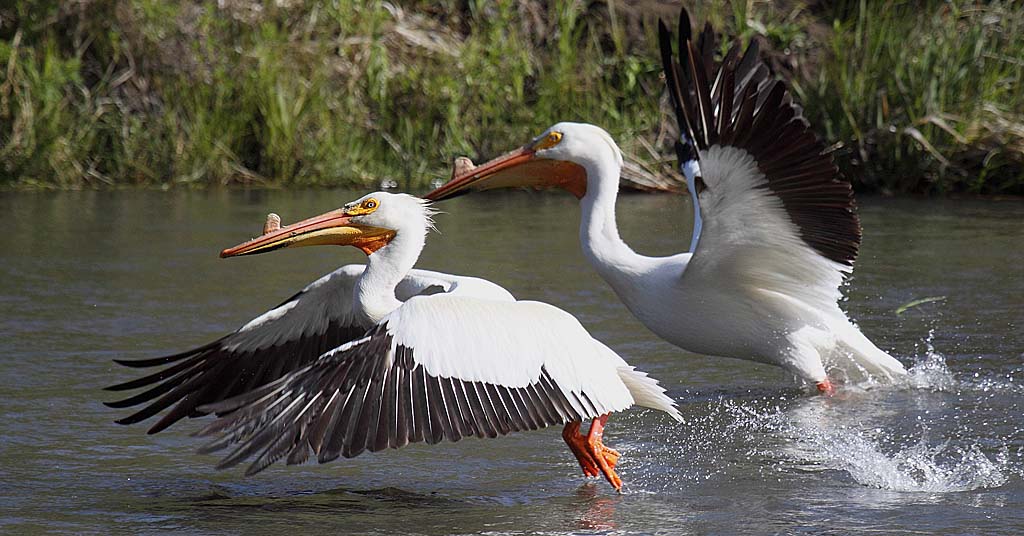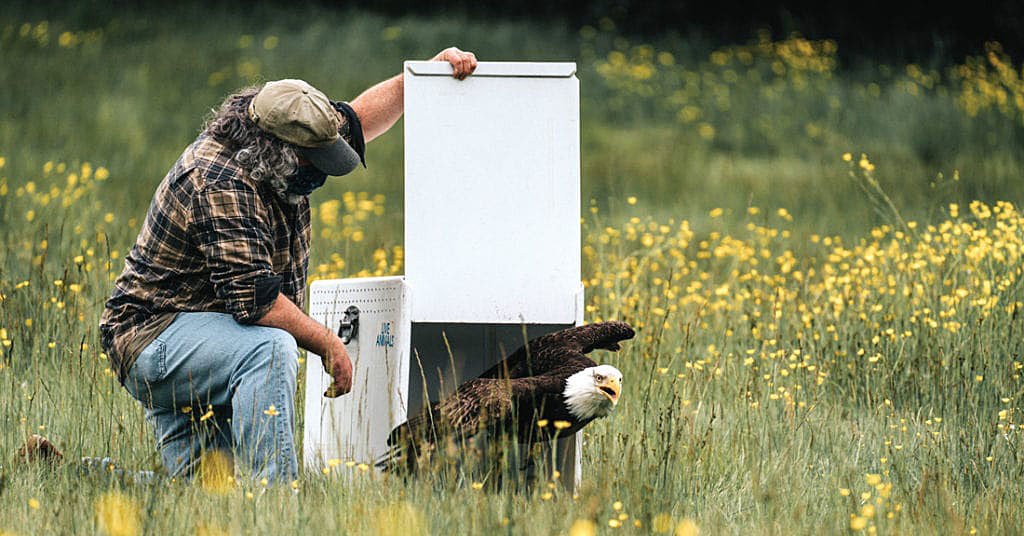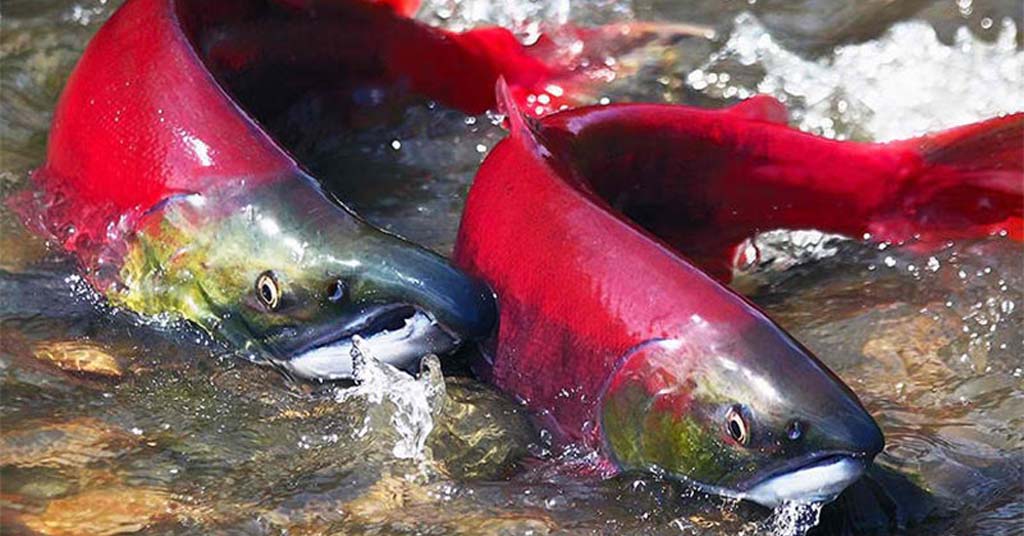
Black bears typically avoid humans. For good reason. File photo by Casey Brown
A violent encounter shows murky thinking in the way we assess interaction with wildlife
Chuck Thompson, May 13, 2020. Stories about wild animals being tracked down and killed after an encounter with humans are never pleasant. But the one that came out of Creswell, Oregon, this week feels particularly tragic.
And unnecessary.
The basics, provided by an Oregon Department of Fish and Wildlife (ODFW) press release, are simple enough.
On May 10 at about 12:20 p.m., an unnamed 72-year-old man and his dog, hiking on a forest road on timber company property just west of Creswell, came upon a black bear.
The dog barked and charged the bear. The bear knocked down the dog. It was atop the dog when its owner approached, yelling and waving his arms in an attempt scare the bear away.
Instead, the bear turned from the dog and charged the man, knocking him to the ground. The man fought back. After a short time, the bear left the scene.
The man and dog then walked approximately one mile back to his residence before being taken to receive medical care.
The man sustained lacerations to his torso and head, as well as lacerations and punctures on his forearm. After receiving treatment for his wounds he was released from the hospital. The dog was treated by a veterinarian.
Both are expected to fully recover.
The bear was less fortunate.
ODFW, Oregon State Police and USDA Wildlife Services responded to the incident after being notified by the Lane County Sheriff. The man involved described the bear as mature, and black in color with a cream-colored muzzle.
At about 5:30 p.m., just five hours after the episode, fresh bear sign was located around the area of the incident. Wildlife Services hounds gave a short chase before treeing a large, mature male bear with a light-colored muzzle.
The bear was shot and killed.
Round up the usual suspects?
The ODFW press release described the man as a “victim” six times. No doubt he survived a horrific and terrifying ordeal; every hiker’s nightmare and nothing anyone should endure.
But the department’s characterization of the event is open to interpretation. The bear seems to have been the one to suffer the most.
By the man’s own account, his dog instigated the attack. Once canine aggression was met with superior force, the man, understandably, came to his dog’s rescue by accosting the bear. Might that we all be so courageous.
Man and dog suffered grievous consequences. They were lucky not to have suffered worse.
But did their ordeal justify destroying a bear?
The indefinite article in the previous sentence is intentional. That’s because, tragically, the story only gets worse.
Authorities can’t be completely sure they killed the right bear.
“There is a very good chance that the bear that was killed is the one that injured the man, but this area is also good bear habitat and home to many bears,” said Brian Wolfer, ODFW South Willamette watershed manager.
Muddled guidelines
ODFW’s official Black Bear Management Plan states that a bear that “exhibits little or no fear of people” and “displays aggressive behavior when in contact with people” may be considered a human-safety hazard.
Statute ORS 498.166 allows the killing of any bear or cougar that “poses a threat to human safety.”
On the other hand ORS 498.006 states, “No person shall chase, harass, molest, worry or disturb any wildlife” except while legally fishing, hunting or trapping.
The Creswell case seems to fall somewhere within all three strictures.
Yet even if the bear technically met ODFW’s criteria for aggressive behavior, did it really rise to the level of a threat to human safety?
Did public employees weigh the details of the encounter before deciding to kill a bear?
“When we have an actual encounter we consider it a human-safety risk, period,” ODFW spokesperson Michelle Dennehy told Columbia Insight. “We’re not going to relocate an animal like that. In our mind that is a human-safety risk. … This bear did have actual physical contact with that man, and injured him.”
According to Dennehy, ODFW was careful to not characterize the episode as an “attack.” Yet Wolfer seemed to see things differently.
“This was a very serious incident and the victim took the right steps by first trying to scare the bear off and then fighting back when he was attacked,” he said.
Most local media followed that lead, framing the story as a bear “attack.”
As for the bear that was destroyed, Dennehy said, “we feel that it is a pretty good chance” that authorities killed the bear involved in the incident. She acknowledged difficulty in making the claim with absolute certainty.
“I don’t know if we’re going to be able to tie it to this specific bear,” she said. “That is very difficult to do.”
Time to reassess policy
Human-bear incidents are rare in Oregon.
“Black bear populations number between 25,000-30,000 statewide but there have only been four previously reported incidents in the state since 1988, none of them fatal,” according to ODFW.
Yet the department’s Black Bear Management Plan—published in 2012—says it “recognizes black bear damage complaints and public safety concerns are increasing in Oregon.”
The statements are contradictory. Are black bear incidents rare? Or increasing?
Dennehy says ODFW has received an increase in complaints from around the state about bears getting into garbage, being seen in residential neighborhoods during daylight hours and killing pets.
Even so, as humans encroach evermore into wildlife habitats, conflicting points of view within public agencies make policies surrounding encounters with wild animals worth a second look. If not an overhaul.










